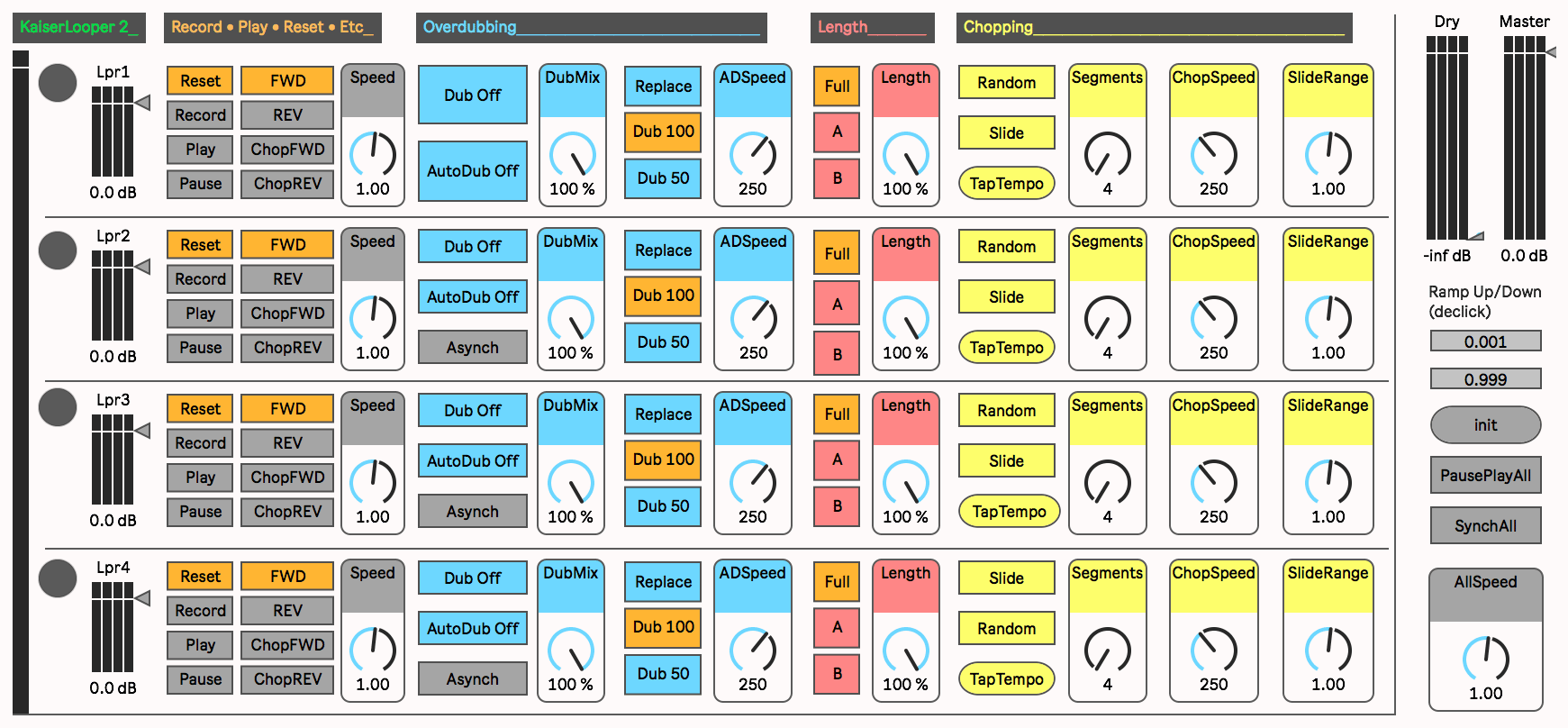

The timing was fortunate, as Opcode was acquired by Gibson Guitar in 1998 and ended operations in 1999. Instead, Zicarelli acquired the publishing rights and founded a new company, Cycling '74, to continue commercial development. However, by 1997, Opcode was considering cancelling it. ġ990s:Opcode launched a commercial version named Max in 1990, developed and extended by David Zicarelli.
#Max msp patches software
The same year, IRCAM licensed the software to Opcode Systems. Also known as 'Audio Max', it would prove a forerunner to Max's MSP audio extensions, adding the ability to do real-time synthesis using an internal hardware digital signal processor (DSP) board. In 1989, IRCAM developed Max/FTS ('Faster Than Sound'), a version of Max ported to the IRCAM Signal Processing Workstation (ISPW) for the NeXT. Its earliest widely recognized use in composition was for Pluton, a 1988 piano and computer piece by Philippe Manoury the software synchronized a computer to a piano and controlled a Sogitec 4X for audio processing. At this point in its development Max couldn't perform its own real-time sound synthesis in software, but instead sent control messages to external hardware synthesizers and samplers using MIDI or a similar protocol. Originally called The Patcher, this first version provided composers with a graphical interface for creating interactive computer music scores on the Macintosh. History ġ980s:Miller Puckette began work on Max in 1985, at the Institut de Recherche et Coordination Acoustique/Musique (IRCAM) in Paris. Because of this extensible design, which simultaneously represents both the program's structure and its graphical user interface (GUI), Max has been described as the lingua franca for developing interactive music performance software. Thus, Max has a large user base of programmers unaffiliated with Cycling '74 who enhance the software with commercial and non-commercial extensions to the program. An application programming interface (API) allows third-party development of new routines (named external objects).

The Max program is modular, with most routines existing as shared libraries. Over its more than thirty-year history, it has been used by composers, performers, software designers, researchers, and artists to create recordings, performances, and installations. Max, also known as Max/MSP/Jitter, is a visual programming language for music and multimedia developed and maintained by San Francisco-based software company Cycling '74. Visual, flow-based, declarative, domain-specific Mapping MIDI controllers to music software can be easy or painful depending on the software. Cycling74 Max MSP users can now make light of mapping a MIDI controller to their Max patches, thanks to 42Percent Noir's Eas圜ontroller app.
#Max msp patches update
Once the Mac-MSP integration is setup an email is sent to the Main Contact address with the login details (please be aware that this may take up to fifteen minutes) Update the workstations to OS X Agent 1.5 and after a couple of Check cycles a new link to the Mac-MSP portal will appear in the Summary tab of the device In addition to Mac-MSP. 'MSP' deals with signal processing and audio. (Part 2 - intermediate MaxMSP) (Part 3 - getting Max to talk to hardware) MaxMSP is split into several parts - 'Max' handles discrete operations and MIDI, this is the easiest place to start getting familiar with the tool.

It is important to delete service files of previously-deleted apps, as they take up a significant amount of space on your disk.
#Max msp patches manual
The manual method of uninstalling Max Cycling’74, as well as any other application on a Mac, requires deleting the app’s executable file and all its service files. By Cycling '74 Max was originally written by Miller Puckette as the Patcher editor for the Macintosh at IRCAM in the mid-1980s to give composers access to an authoring system.


 0 kommentar(er)
0 kommentar(er)
